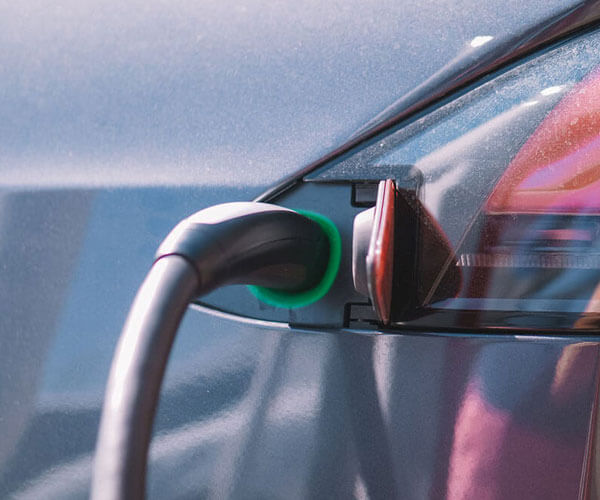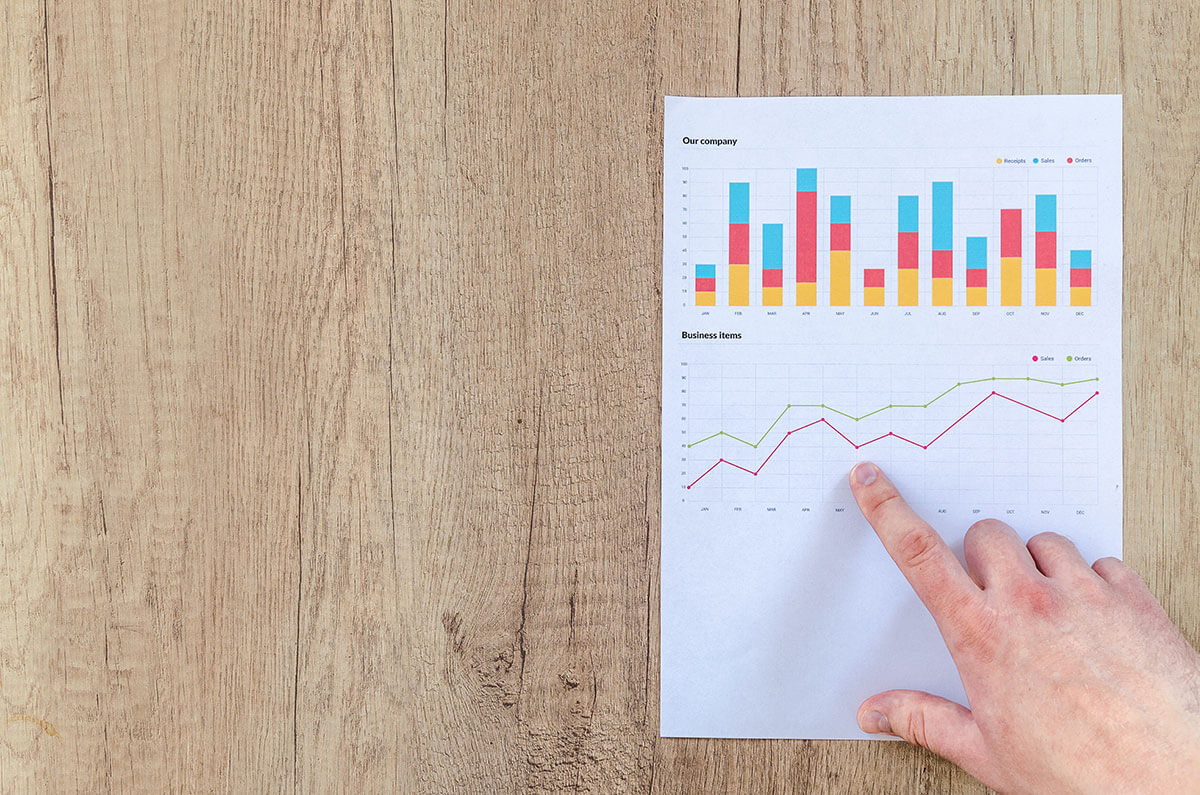On October 21, when Tesla released its financial report for the third quarter of 2021, it announced that it would replace the batteries used in the standard-life version of the Model 3 and Model Y new-energy electric vehicles with lithium batteries. iron phosphate globally. From an industry perspective, Tesla's move means that the lithium iron phosphate technical route has been further confirmed and is destined to increase its profit level through the cost of ownership advantage. lithium iron phosphate batteries.
In recent months, lithium iron phosphate batteries, which have always been known for their superior safety and stability, have been widely favored by industry giants. Domestic shipments of lithium iron phosphate batteries have repeatedly exceeded those of ternary material batteries, and the battery power market is changing.

According to statistics from the China Automotive Power Battery Industry Innovation Alliance, in September this year, the production of electric batteries in my country reached 23.2 GWh, an increase of 168.9% year-on-year, of which the production of lithium iron phosphate batteries was 13.5 GWh. , an increase of 252 over the same period last year. %, the monthly increase reached 21.9%, or 58.3%, and ternary battery production accounted for 41.6%, an annual increase of 102.6%. These data mean that the production of lithium iron phosphate batteries has exceeded that of ternary batteries for five consecutive months.

Indeed, from 2018 to 2020, the annual production of lithium iron phosphate batteries in my country has always been lower than that of ternary batteries. In May of this year alone, the lithium iron phosphate battery market share reached 63.6%, the first time it exceeded.
The international market has always been dominated by batteries with ternary materials such as nickel-manganese-cobalt and nickel-cobalt-aluminum, and lithium iron phosphate batteries are also experiencing constant growth. According to the latest data released by market research organization SNE, CATL, South Korea's LG, Japan's Panasonic, BYD, Samsung SDI and SK ranked among the world's top six battery pack manufacturers in the first semester of this year. The total market share of the aforementioned companies exceeded 85%. Among these six companies, battery manufacturers in Japan and South Korea use ternary batteries as the main technical route. But over the past year, that situation has changed dramatically. South Korean battery makers have "turned around" in all areas and announced their entry into the field of lithium iron phosphate batteries.
In October of this year, South Korea's third-largest battery maker, SKI, announced the split of its battery business and the creation of a wholly-owned SK On subsidiary to prepare for the development of lithium iron phosphate batteries. After South Korea's largest battery maker LG announced the development of lithium iron phosphate battery technology in late 2020, SKI also became the latest “entry” into the international lithium iron phosphate market.
Why has such a change occurred? “Lithium iron phosphate batteries and ternary batteries have always been competitive avenues. However, due to the current shortage of production and supply from upstream lithium mines, the price of lithium has continued to rise. become very price sensitive. Although the unit price of lithium iron continues to increase, it remains lower than that of ternary material batteries, and the demand for lithium iron phosphate materials has also increased accordingly. An ind
In addition to cost factors, security and stability are another driving force. The reporter learned during the interview that the technical path of the ternary battery is to increase the energy density, usually adding metals such as cobalt and nickel, which also makes its thermal stability lower than that of batteries in the lithium iron.
LG is currently the second largest battery manufacturer in the world after CATL. His technical approach has always been to use ternary materials or
Tesla announced during the third quarter earnings call that in the future the improved version of the global standard battery life of the Model 3 and the standard battery life version of the model Lithium iron phosphate batteries will be used there to replace previous ternary lithium batteries.
On October 25, the valuation of the US share Tesla then reached its highest value in history, crossing the $ 1 trillion mark. It is a historic moment.
Coincidentally, on Xiaopeng Motors' recent “1024” Technology Day, He Xiaopeng predicted that by 2025, the penetration rate of new energy vehicles will reach 50%.
On the one hand, lithium iron phosphate completely replaces the ternary, and on the other hand, it has a high penetration rate of 50%. Everyone has suddenly discovered that the secondary growth curve of new energy vehicles is unconsciously linked to lithium iron phosphate batteries.
Lao Li has always said that the industry likes to judge the present, and the capital likes to predict the future. He did his best when it came to lithium iron phosphate batteries.
Two years ago, a few people in the industry proposed that lithium iron phosphate batteries could replace ternary lithium batteries and return to the mainstream of the market. Interestingly, in the Ternary times of the day, most people in the industry laughed at this statement.
A year ago, the aftermarket began to quietly buy the lithium iron phosphate battery industry chain references - Defang Nano (300769.SZ) and China Nuclear Titanium Dioxide. The growth rate of both companies over the past year far exceeds that of the Ningde era ...